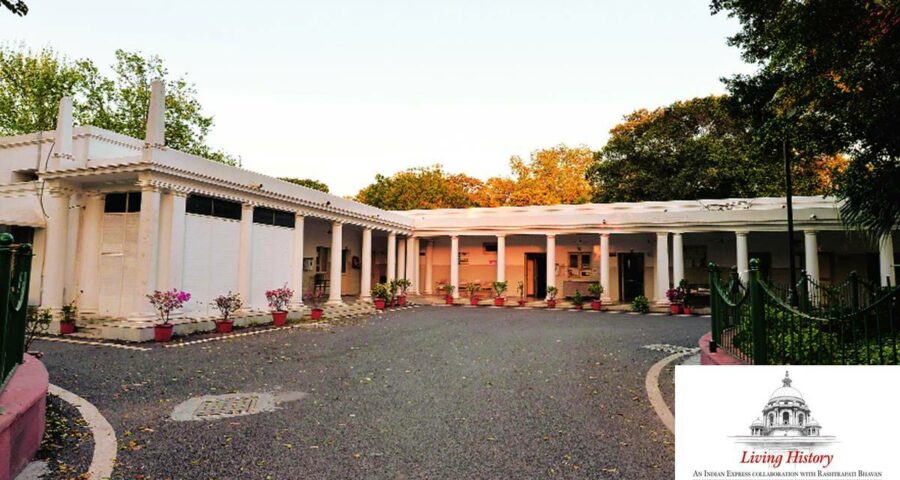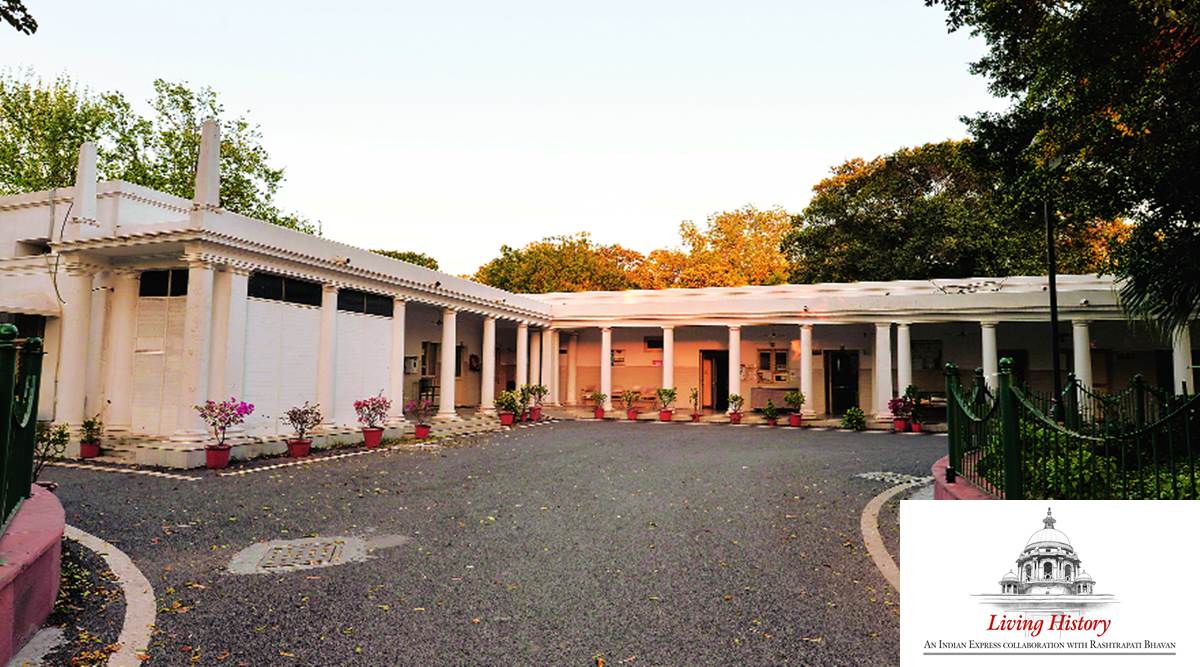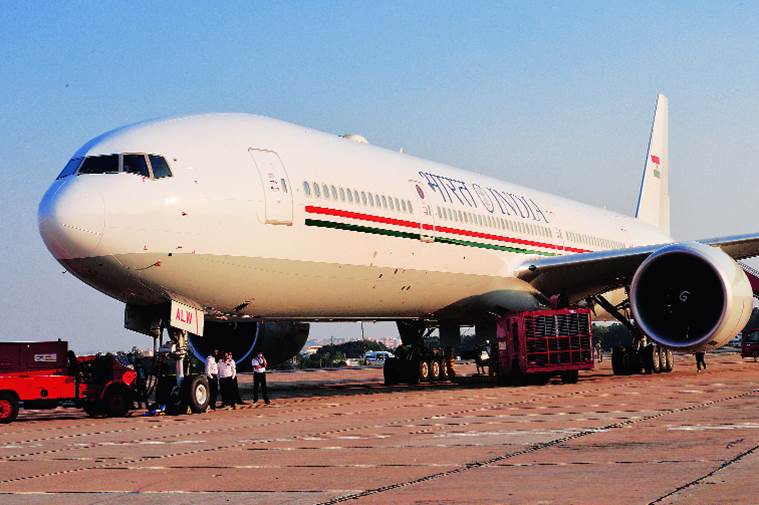If the early days saw viceroys attended to on elephant backs, over time, presidents have enhanced medical care for their staff and families
By PK Srivastava
When the British shifted the capital from Calcutta to New Delhi, it triggered a deep resentment in Bengal, which was then a hotbed of revolutionary insurrection against the Raj. In response, Viceroy Lord Charles Hardinge wanted to make a display of his resolve with a ceremonial procession to the iconic Red Fort, on December 23, 1912.
On their way to the Fort near Chandni Chowk, Lord and Lady Hardinge, sitting on a howdah atop an elephant, were deeply engrossed in appreciating the reception when a deafening sound shook them. “It is a bomb,” Lord Hardinge told a visibly shaken Lady Hardinge. Though he ordered the procession to move on, he soon realised that a splinter of the bomb had hit him while one of his attendants, Mahabir, had been blown to pieces.
Lady Hardinge immediately called for the doctor. The attending physician was trailing the procession on a separate elephant. He rushed to the viceroy and displayed unusual acrobatic abilities as he climbed atop the jumbo, which was quite disturbed by the sound and commotion. The viceroy had to be rushed to a full-fledged hospital given theseriousness of the injury.
Subsequently, the bombing at Chandni Chowk came to be known as the Delhi Conspiracy case, masterminded by Rash Behari Bose. The incident, however, drew attention to several things, the most important being the need for a medical team to be close to the viceroy at all times.
Over the decades, as the Viceroy House came up and transformed into the Rashtrapati Bhavan, the place not only discarded its
forbidding colonial characteristics but also embraced a genial disposition. Unlike the past when the medical requirements were arranged by keeping the viceroy at the centre, all the presidents of the Republic focused on developing medical infrastructure that can take adequate care of thousands of residents living within the Rashtrapati Bhavan, which has grown into a mini township.
In this context, the history of evolution of medical facilities with the Rashtrapati Bhavan is quite instructive and an interesting testimony to the journey of the Republic. Since inception, when the Viceroy House was under construction, a clinic was part of the plans. The construction was completed in 1929. The President’s Estate Clinic, located in the midst of the MP Flats on the North Avenue, is a heritage building. It was called the Viceroy’s Dispensary, renamed as the Governor General’s Dispensary, in 1947, and it became the President’s Dispensary in 1950.
The doctors to the viceroys were invariably drawn from the Army Medical Corps. That practise continued after independence. The set-up included a surgeon (of the rank of Lieutenant Colonel), assisted by a physician of the rank of Major and another assistant, Subedar Major, apart from ancillary staff.
The dispensary had two beds each for male and female patients, and a small operation theatre. Residents were subjected to regular health check-ups, especially for tuberculosis. The surgeons would refer the serious cases to the nearby Willingdon Hospital (now Dr Ram Manohar Lohia Hospital) and also perform surgeries there. The first ambulance was a three-wheeler given with much fanfare by the then health secretary during the second stint of Rajendra Prasad as the president.
Meanwhile, physicians to the president began to be drawn from the civilian side, too. In all these years while the medical facilities for the first citizens and their families kept on improving, the healthcare infrastructure was also enhanced for those working in the Rashtrapati Bhavan by augmenting the staff strength. Since the physician attending to the president had to accompany the first citizen on tours, a second unit was also set up to provide medical assistance to those living inside the President’s Estate. What began as a dispensary gradually acquired the status of polyclinic with reasonable modern facilities.
The death of two presidents — Dr Zakir Husain on May 3, 1969, and Fakhruddin Ali Ahmed on February 11, 1977 — in harness, prompted a review of the availability of medical care in close proximity to the president. On the basis of evaluations by experts, the medical facilities were enhanced inside the Rashtrapati Bhavan and in the ambulance that is detailed for the first citizen.
But the outbreak of the COVID-19 pandemic came as the biggest challenge for medical professionals at the Rashtrapati Bhavan. It was a daunting task to ensure precautionary measures and COVID-appropriate behaviour across the President’s Estate in order to protect all — the VVIPs as well as the thousands of residents — from infection. Fortunately, the medical infrastructure built over the years proved enormously helpful in dealing with the deadly virus and preventing its spread. The periodical testing exercises were undertaken to locate, quarantine and treat those infected by the virus.
As everywhere around the world, the pandemic has substantially changed life in the President’s Estate. In this sprawling campus endowed with splendid flora, the pandemic has taught us a lesson to be disciplined and live in harmony with nature.
Ironically, while the Viceroy’s physician must have found the jumbo, which carried Lord and Lady Hardinge, a difficult beast to deal with, the introduction of the Boeing 777 aircraft, a powerful jumbo jet, in October last year, has been a major milestone in the improvement of medical care for the VVIPs. Air India One (which ferries the president, the vice president and the prime minister) is equipped with in-built advanced medical care utilities. The saga that started with one jumbo has evolved into another jumbo now.
(PK Srivastava is physician to the President)
Source: Read Full Article





